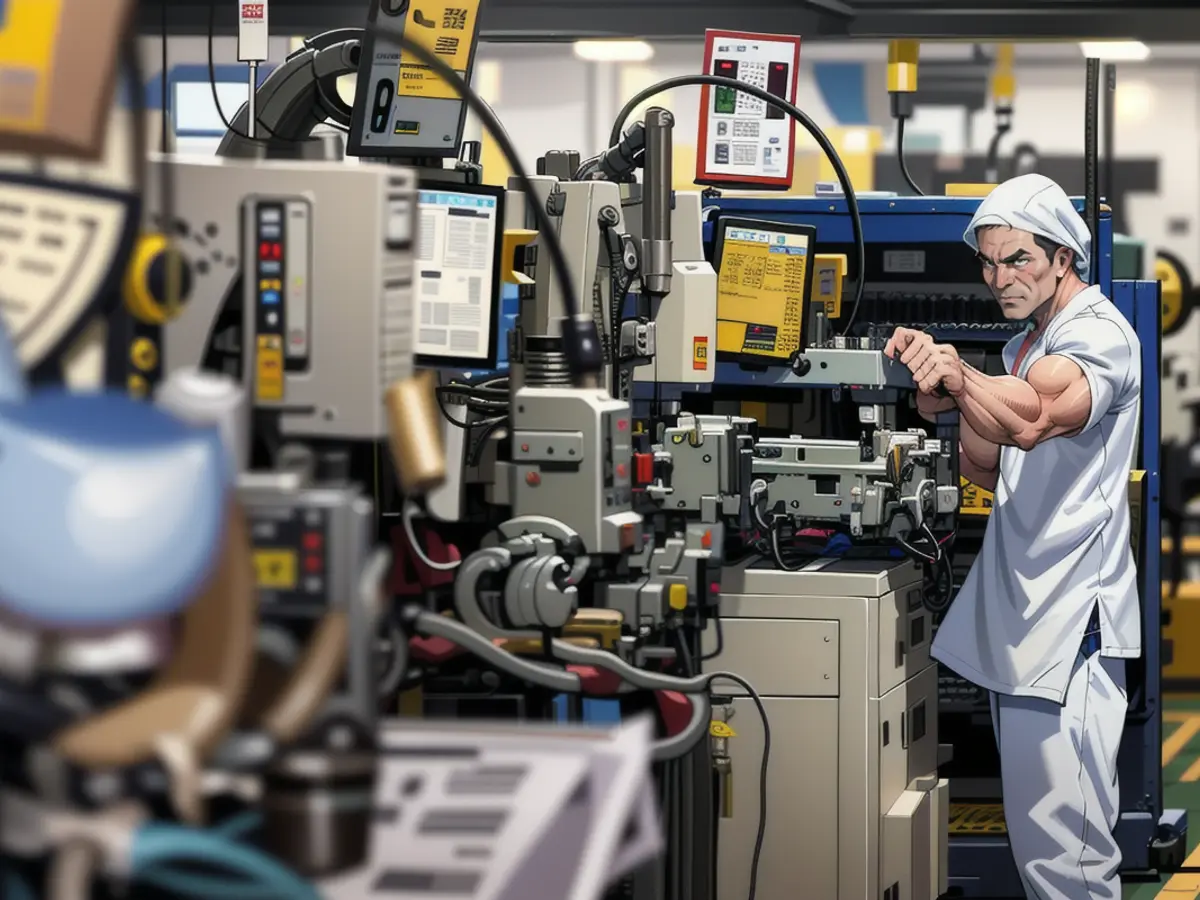China invests another $47.5 billion in its semiconductor sector.
Worth $47.5 billion, the newly-launched fund is being spearheaded as the US introduces extensive limitations on North American chip and chip technology exports in an effort to stall Beijing's aspirations.
Funded by six major state-owned Chinese banks, including ICBC and China Construction Bank, the initiative demonstrates Chinese President Xi Jinping's commitment to establishing China as a dominant force in technology.
With China's "Made in China 2025" roadmap, the nation has set employment targets for a multitude of industries, including AI, 5G wireless, and quantum computing.
Launching the third phase of the China Integrated Circuit Industry Investment Fund, the "Big Fund" - as it's colloquially known - was officially inaugurated in Beijing last Friday, according to the National Enterprise Credit Information Publicity System. The first phase of the fund commenced in 2014 with 138.7 billion yuan ($19.2 billion), and the second phase was launched five years later, with a registered capital of 204.1 billion yuan ($28.2 billion).
This fund is intended to bolster China's semiconductor industry to international standards by 2030, primarily investing in chip manufacturing, design, equipment, and materials.
Potential Obstacles
The "Big Fund" has encountered corruption incidents recently. In 2022, China's anti-graft law enforcement agency commenced a crackdown on the semiconductor sector, investigating several prominent figures within state-owned chip companies. Lu Jun, the former CEO of Sino IC Capital, which managed the "Big Fund," was charged with bribery in March, according to a statement released by the country's top prosecutor.
Besides these scandals, there are other challenges that could jeopardize Xi's goals for China to attain self-reliance in technology.
In October 2022, the United States announced a comprehensive series of trade restrictions, preventing Chinese companies from acquiring advanced chips and chip-making equipment without a sanctioned license. These policies have been echoed by other nations, with the Biden administration also urging allies like the Netherlands and Japan to institute their own hindrances.
China has retaliated by implementing trade restrictions on two raw materials that are imperative to the global chip-making market.
This silicon fund isn't solely a retort to Western sanctions but also a manifestation of Xi's long-held goal to make China a worldwide leader in technology.
Last year, a Chinese telecommunications giant, Huawei, unveiled a new smartphone utilizing a 7-nanometer processor manufactured at China's Semiconductor Manufacturing International Corporation (SMIC), astonishing industry professionals who questioned how the company would secure access to such advanced chip production given significant US initiatives to fetter China's connection to foreign technologies.
In a meeting with the Dutch Prime Minister Mark Rutte in March, Xi remarked that "nothing can thwart China's scientific and technological development.”
The Netherlands is home to ASML, the world's preeminent manufacturer of extreme ultraviolet lithography machines, used to produce advanced semiconductors. The company reported in January that the Dutch government had barred it from exporting some of its lithography machines to China.
Read also:
- Telefónica targets market launch for hologram telephony
- vzbv: Internet companies continue to cheat despite ban
- Telefónica targets market launch for hologram telephony in 2026
- AI and climate in schools: how to keep lessons up to date
The newly-launched fund, worth $47.5 billion, aims to boost China's semiconductor industry by primarily investing in chip manufacturing, design, equipment, and materials, positioning China as a global tech giant in the sector by 2030.
Despite facing corruption incidents and international trade restrictions, such as the US preventing Chinese companies from acquiring advanced chips, China continues to invest heavily in tech businesses, like the silicon fund, to become a self-sufficient leader in technology.
Source: edition.cnn.com








